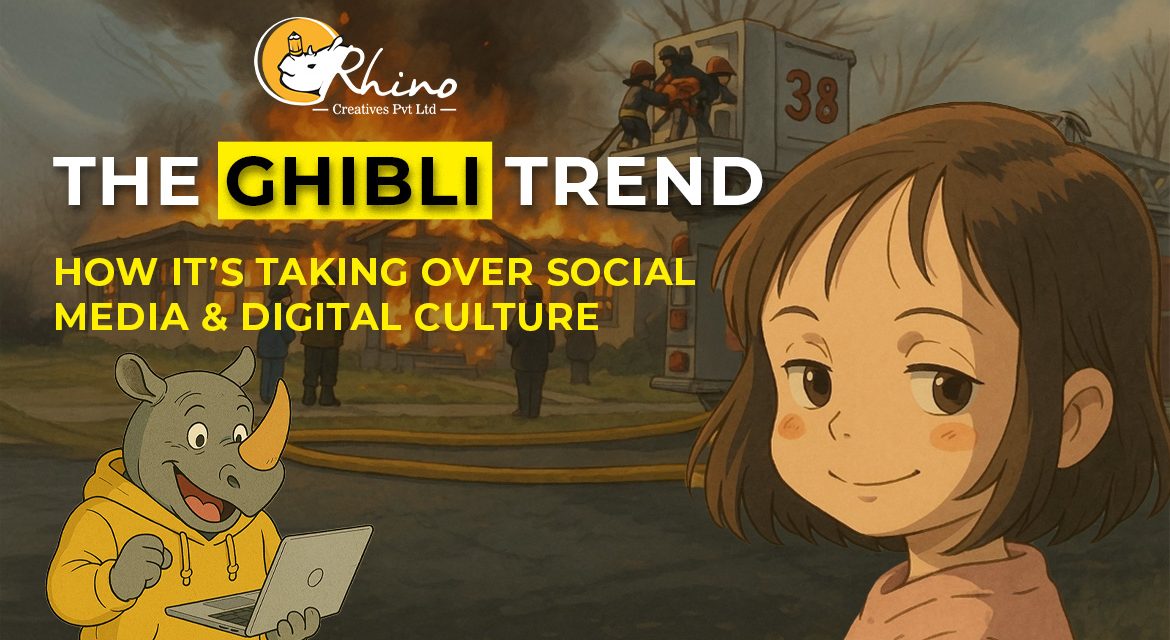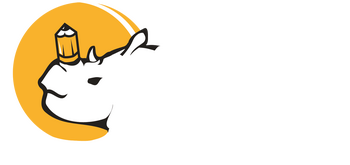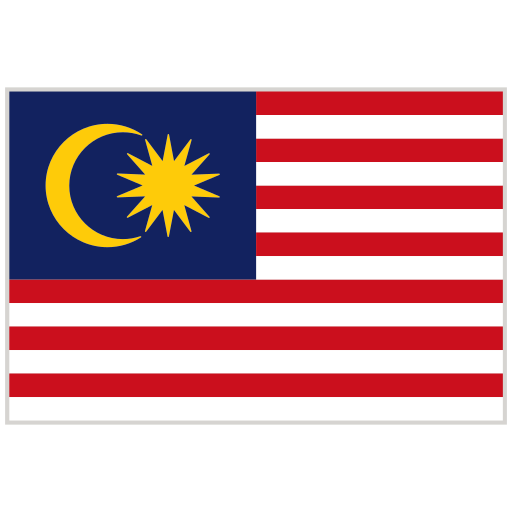
Studio Ghibli’s magical worlds have always fascinated audiences, but recently, they’ve taken over social media in a very unexpected way through AI-generated art.
What started as a niche experiment has exploded into a major digital phenomenon, transforming how we engage with art, nostalgia, and technology in today’s social media space.
Here’s how the Ghibli trend is dominating online platforms and what it means for digital culture today.
The Inception: How The Trend Formed
OpenAI’s ChatGPT-4 Update
The trend began when OpenAI enhanced its AI image generator, allowing users to produce Ghibli-style artwork simply by typing a prompt like, “make this Ghibli.”
This breakthrough made it possible for anyone who appreciated Studio Ghibli’s aesthetic to participate, no technical expertise required.
The Digital Catalyst
Software engineer Grant Slatton posted an AI-generated animation of his family photo in Ghibli style.
The playful, surreal nature of the artwork resonated instantly with viewers, gaining millions of views and sparking a wave of imitation.
From Nostalgia To Meme Culture
Soon, users were not just “Ghibli Flying” themselves—they began Ghibli-fying historical figures, memes, and everyday life moments. This blend of Ghibli’s nostalgic magic with internet culture gave the trend unstoppable momentum.
Why Ghibli? The Perfect Blend Of Beauty & Nostalgia
Instant Recognition
With soft watercolour backgrounds, whimsical character designs, and dreamy lighting, Ghibli’s art style is instantly recognizable and easily replicated by AI. This enables rapid and wide sharing of results.
Emotional Resonance
Ghibli films like Spirited Away and My Neighbour Totoro stir childhood nostalgia for Millennials and Gen Z. The trend lets fans relive and reimagine these beloved worlds.
Escapism In Digital Culture
In the chaos of today’s online spaces, Ghibli’s peaceful aesthetic filled with nature and quiet beauty offers a welcome visual detox from typical meme clutter.
The Role Of Social Media Platforms In The Trend
Algorithm Boost On Instagram & TikTok
Before-and-after AI transformations perform exceptionally well on short-form video platforms. The visually striking content makes for engaging, addictive viewing.
One viral video often sparks thousands of recreations overnight.
Twitter’s Meme Economy
The Ghibli trend evolved into a meme factory. Users began posting absurd scenes like a “Ghibli-style Walmart parking lot,” blending irony with artistic style.
Reddit’s Creative Experiments
Communities like r/Ghibli and r/StableDiffusion became creative hubs refining prompts, sharing tips, and pushing the boundaries with styles like “cyberpunk Ghibli” or “horror Ghibli.”
The Backlash: Art, Ethics, And The Dark Side Of AI
Artists Respond
Many illustrators and animators have criticized the trend, arguing that AI art borrows from their work without credit and undermines the craft of hand-drawn animation.
Miyazaki’s Legacy Considered
Hayao Miyazaki, co-founder of Studio Ghibli, has famously called AI animation an “insult to life itself.”
This has sparked debate among fans: does AI art honour or exploit Miyazaki’s lifetime of work?
The Foggy World Of Copyright
Legal experts clarify that while Ghibli’s characters are protected, its style is not. This raises a provocative question: Can anyone truly “own” an art style?
Beyond Filters: What’s Next For The Trend
From Still Images To AI Animation
Tools like Pika Labs and Runway ML are now letting users animate Ghibli-style images, creating short “scenes” that feel like long-lost Studio Ghibli films.
Commercialization & Brand Adoption
Companies have already jumped aboard, one travel agency used Ghibli-fied destination photos for promotion, while indie game developers are applying the aesthetic to pixel RPGs.
Meta Nostalgia
The trend has evolved into meta-art: fans now imagine new Ghibli plots, like “What if Totoro moved to the city?”—creating AI-powered fan sequels.
Implications For Digital Culture In 2025
Democratizing Art
AI lowers barriers to entry, empowering anyone to create art. But this raises critical questions: At what cost to professional artists?
The Rise Of “Style Hacking”
Instead of just consuming content, users are remixing it blending high art (Ghibli) with meme culture in endless variations.
Nostalgia As Social Capital
In an era of reboots, reinventing the past through AI feels fresh and personal, like reclaiming collective memories.
Conclusion
Is this trend fleeting or foundational?
Ghibli AI art is more than just a phase. It reflects how technology, nostalgia, and community intersect in the digital age.
Though ethical concerns loom, this trend proves that creativity online is more dynamic than ever.
One thing is certain:
As AI tools evolve, even stranger and more inventive iterations will emerge.
Whether Studio Ghibli embraces, resists, or ignores it—the online world is watching.
Final Thought:
Love it or hate it, the Ghibli AI trend proves that no art exists in isolation anymore, not even the work of Miyazaki.




